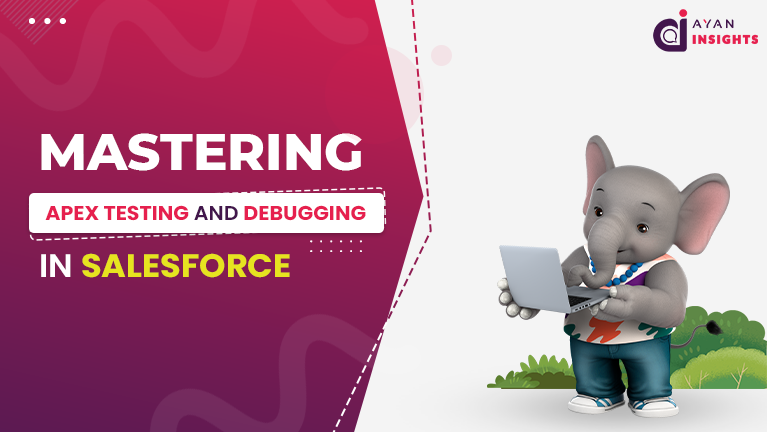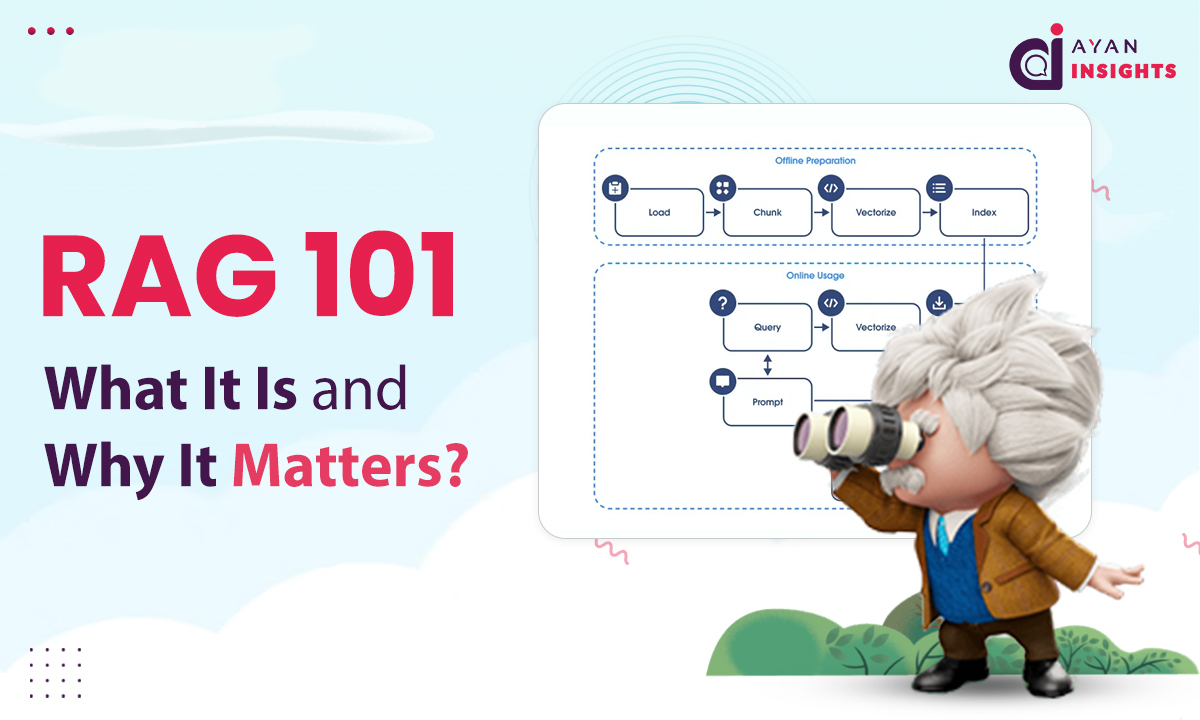Welcome to the last day of the 10 day Apex series. In the previous article we have seen Use of Batch Apex and Scheduled Jobs. Now In this blog we will talk about Apex Testing and Debugging.
In Salesforce development, making sure that our Apex code executes as specified is critical for maintaining a proper and error free application. Apex testing and debugging are key components of our development process, allowing developers to verify business logic, validate changes and troubleshoot issues effectively that may occur.
This blog will explain why testing is required, shows how to write test classes and methods and will explain the use of System.debug() with debugging logs.















